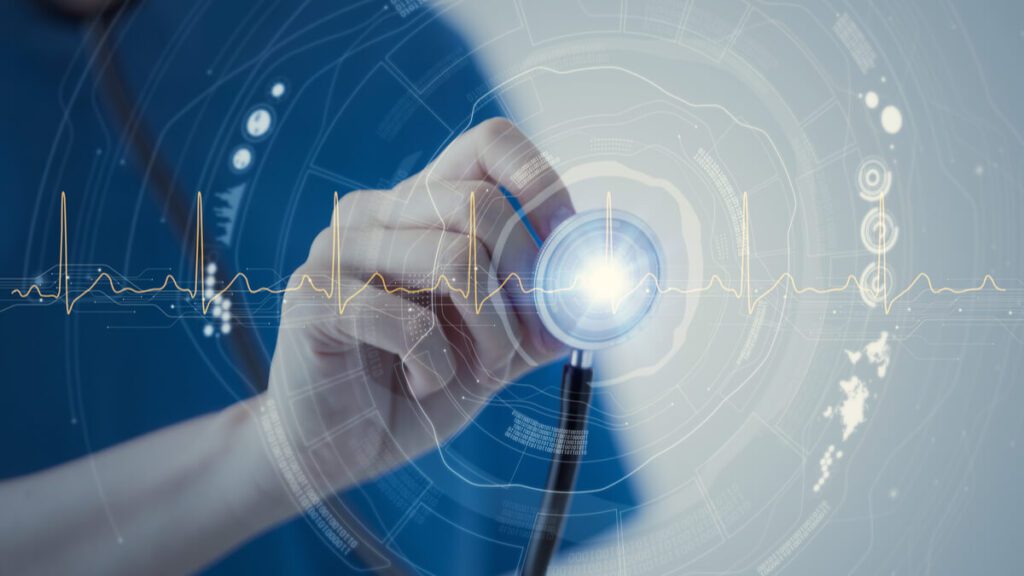MedTech Europe: MDR hurdles persist as regulation takes effect

MedTech Europe has been warning for quite some time about Medical Device Regulation (MDR)’s potential to disrupt product supply due to issues around the ability of the EU’s infrastructure to ensure a smooth transition when the rules came into force on May 26.
With a few days having passed by the set date, the trade group is once again warning that significant challenges remain unresolved that could negatively impact the sector.
As such, MedTech Europe warned in a statement that hurdles remain limiting the industry’s ability to “seamlessly supply certified devices under the new rules.”
Some of the challenges that are hindering the successful deployment of the new regulatory system include: non-harmonized interpretation and application of MDR rules across the EU; limited capacity among notified bodies, especially for certification of new and innovative devices; uncertainties with regards to pending discussions on the rules and agreements between the EU and other countries such as Switzerland; and unpredictable recognition of MDR certifications at the international level vis-à-vis regulatory approvals from other jurisdictions.
“Such challenges need ongoing attention and work by the EU Commission and Member States, if Europe is to ensure a workable system in the long-term,” MedTech Europe said.
The European trade group argues that despite the MDR going into effect, “some key pillars” of the necessary infrastructure are “still not fully operational or even in place,” creating challenges in particular for many small and medium enterprises.
CEO Serge Bernasconi argued the complexity of MDR and the delay in the new regulatory system’s full readiness is resulting in European patients “losing their previous opportunities to be the first to benefit from critical medical technology innovation.”
The group added that it is working with the EU and stakeholders to “rapidly propose solutions to avoid disruptions” in supply of medical devices and diagnostics.
